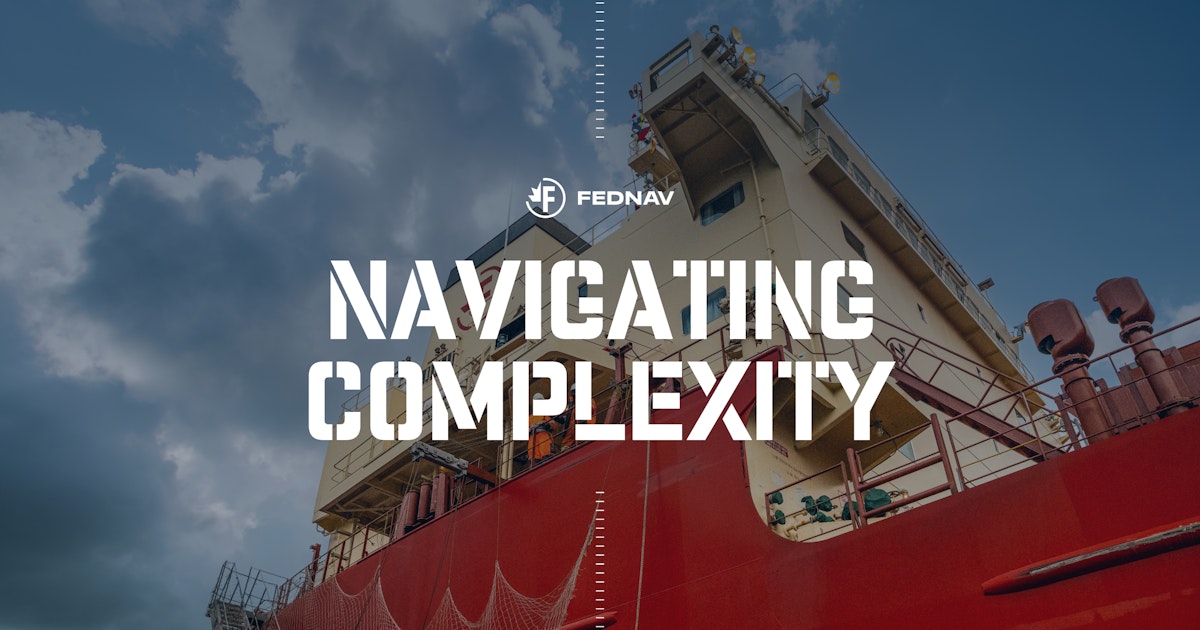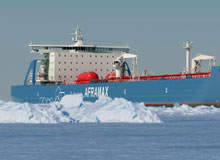- Reaction score
- 10,815
- Points
- 1,160
You don't ship refined product (normally) because that's actually about 30 different things (oils, bitumen, diesel, gasoline, natural gas, methane, lubricants, additives etc. etc...). You ship unrefined product and ship from the refinery to local markets. Much more economical.
Energy east as I posted earlier is an uneconomical nightmare due to the cost of pumping that product that far. Its much cheaper to actually put the oil in a tanker and sail it around from the West Coast. You have to let go of the fantasy that Quebec killed energy east. Economics killed it before they province even had a chance to get their punches in. (I don't doubt Quebec would have killed it though).
Energy East being economical is a zombie lie that needs to die. It's not. That's why Churchill is being touted as an alternative. Much much much cheaper shipping.
Not magical or new, just new to you. They were looking at this for the Ring of Fire for a reason.
The railway distance between Toronto and Churchill is almost equal to that between Toronto and Vancouver. A comparatively short distance of railway line extends north from Toronto to within 12 miles of James Bay. The cost of railway transportation per unit of distance is much higher that that of waterway transportation - hence the interest in developing a port on James Bay, which would be within relatively close proximity to the Greater Toronto Area. Trans-Arctic summer sailing is beginning to make it possible for ships to sail between North American East Coast ports and East Asian ports, as well as North American Pacific ports.

Ontario Seeks Arctic Port on James Bay
Top government officials from the Province of Ontario, Canada have recently expressed interest in developing a maritime port on James Bay, which exte...maritime-executive.com
Manitoba doesn't own the port. The port is owned by a local indigenous corporation (as is the rail line).
Churchill is already in a period of renewal. Its getting repaired and built out. If the Feds step in it will accelerate the process. Alberta isn't going to fund it, and neither will Manitoba.
One of the more intriguing discussions, a few years back, was making pucks out of bitumen and shipping them by rail like coal.

CanaPux™ / Bitumen Pucks Development - InnoTech Alberta
Those could be shipped out of Rupert or Churchill (or, for that matter Sept-Iles or New Brunswick). Got me to wondering though about the economics of just shipping the oilsands direct from the mine-site with the sand and all. The sand itself may have value as a construction material and/or source of silicon.
















